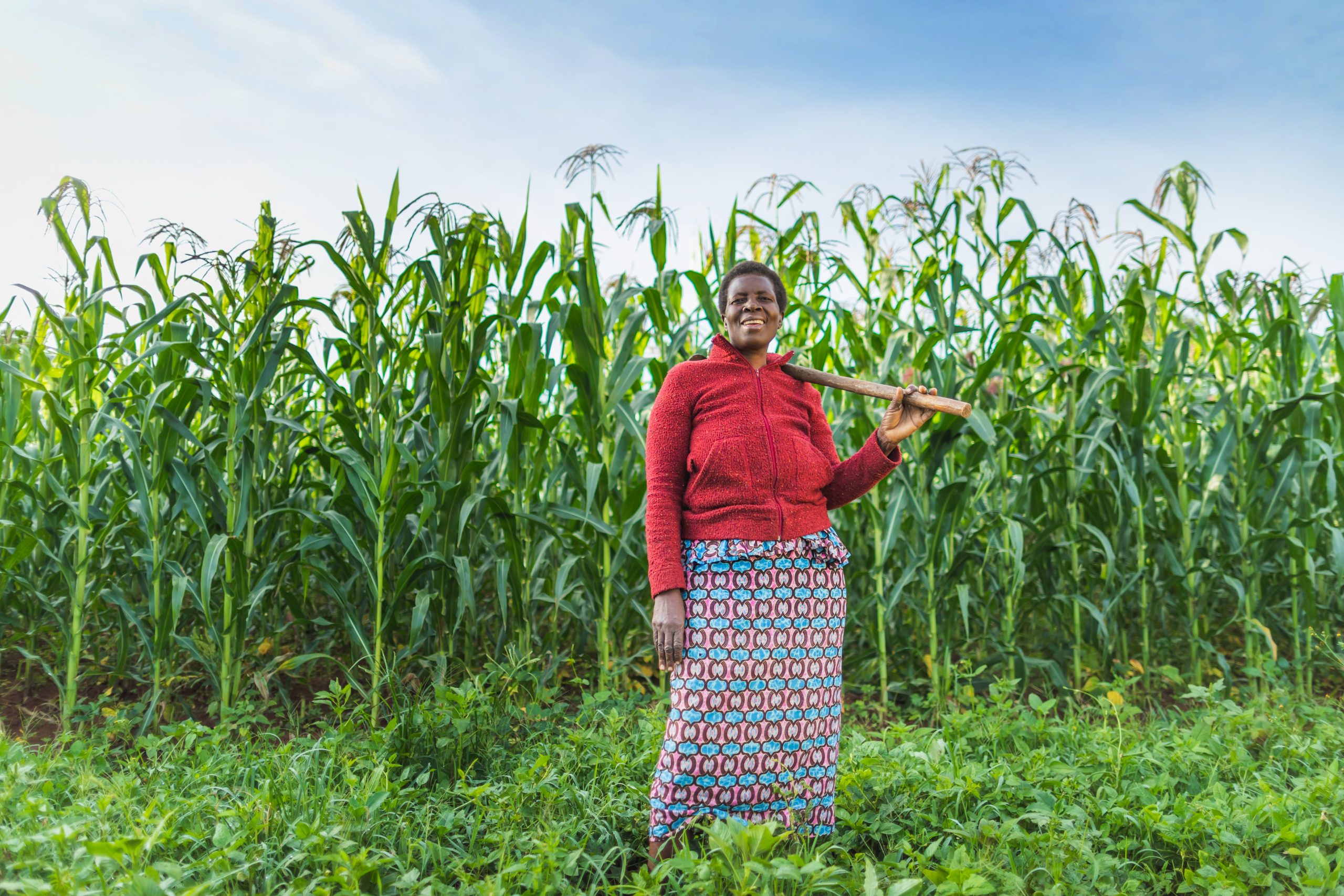Digital Development and AgTech at Nuru
Nuru has demonstrated success in developing resilient, locally-led organizations in rural areas of Kenya and Ethiopia as outlined in the USAID Stopping As Success learning collaboration. With an aim to address urgent needs at the confluence of conflict, climate change, and poverty, Nuru launched a third country project in northern Adamawa State, a fragile region in northeastern Nigeria in 2017. Nuru plans to launch additional future country projects in increasingly fragile regions vulnerable to violent extremist organizations throughout the Lake Chad Basin and the southern Sahel.
By working hand-in-hand with local staff and farming communities, Nuru charts a path toward lasting and meaningful choices that are unique to each community’s cultural context. Nuru deepens the traditional roots of emerging local leadership in communities and builds on that foundation by grafting on new initiatives and innovations through a co-creation process. The following are a few key ways Nuru is incorporating agriculture and appropriate technology into interventions:
- Mobile money and digital wallet technologies that increase transparency, accountability, safety, and efficiency for farmers and their farmer organizations – Mpesa in Kenya and Tingg digital wallet in Nigeria.
- Mobile data collection with QuickTapSurvey to provide real-time access to georeferenced and time-stamped information, so Nuru can adapt and improve services for farmers.
At Nuru, we firmly believe that mainstreaming technology in development requires the power of digital currencies, on-farm data, remote sensing, and many other disruptive and appropriate technologies to be embedded in the business models of the farmer organizations we serve. Nuru is actively applying this principle with over 45 farmer-led businesses in Kenya, Ethiopia, and Nigeria. However, we acknowledge that mainstreaming technology into smallholder farmer systems is much bigger than Nuru acting alone, and it is why we see the convening and dissemination power of the Agribusiness Market Ecosystem Alliance (AMEA) as a key facet of Nuru’s Digital Development Strategy.
The 2020 AMEA AgTech Guide Launch
Nuru International has been a member of AMEA since 2018 and the lead organization for this fast-growing network’s agriculture technology working group over the past year. On April 22, 2020, in the early days of the COVID-19 pandemic, AMEA launched the Agricultural Technology Guide for Advancing Professional Farmer Organizations (AMEA AgTech Guide) as part of the International Finance Corporation’s (IFC) Digital Agriculture Webinar Series (Guide launch begins at 1:08 in the recording). By raising awareness and promoting the implementation of appropriate and disruptive digital solutions to agricultural development challenges, the AMEA AgTech Guide aims to sift through the hype, capture the learning of AMEA members, and promote AgTech with the greatest potential to accelerate rural development.
The AMEA AgTech Guide in its first edition represents a collaborative effort to curate a suite of agricultural technologies that enhance supply chain management and information communication for extension. The technologies were profiled based on six criteria that ensure technologies are 1) endorsed by an AMEA member, 2) disruptive and innovative, and 3) appropriate for use with smallholder farmers and a range of farmer organizations. In short, the technologies contained within the AgTech Guide should help the farmers and their farmer organizations that Nuru serves to accelerate progress towards sustainability.
The IFC-sponsored remote launch of the AMEA AgTech Guide in congruence with the emergence of COVID-19 was painfully fortuitous as institutions all over the world seek opportunities to adapt rural business practices without losing socio-economic impact. The result is driving the global AgTech narrative from one stymied by a “nice to have” mentality to one defined as “must-have” and generating energy to collaboratively overcome the challenges of digital illiteracy, poor infrastructure, and burdensome costs. This renewed opportunity for collective action requires investment and collaboration between governments, donors, development organizations, service providers, and technology developers, which are the types of partnerships AMEA aims to accelerate.
To this end, the AMEA AgTech working group is focusing the second edition of the AgTech Guide on digital technology that delivers more remote data collection and training for farmers, farmer organizations, and their supply chains. Therefore, AMEA is seeking member-endorsed technologies that enable farmer organizations, supply chain actors, and development organizations to expand the reach and benefits of assessment and training services to more farmers without massive human resources. The second edition of the AgTech Guide is presently seeking endorsements and the document is set for launch at the end of Q1 2021.


